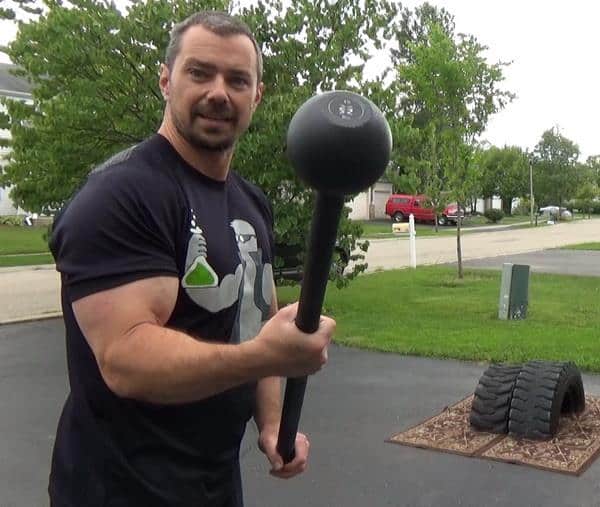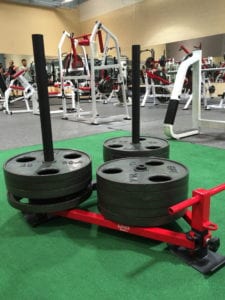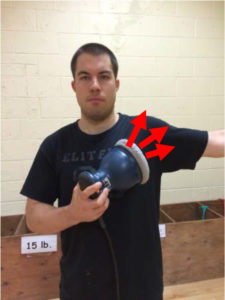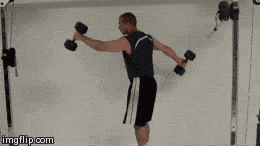Sometimes the most effective abdominal exercises are also the simplest. This is a very easy-to-setup plank variation that requires very little equipment and puts GREAT tension on the upper abdominals.
Will it give you six-pack abs overnight? Nope. But it CAN help you develop those upper abs so they show up more quickly as you do lose the fat!
To do this one, you’ll need something to set your hands on. I’m using a decline bench but you can also use the end of a flat bench or a even the seat of a char or a railing. What you use is not critical…your body and arm position IS.
Set your hands about halfway up on the bench. Whatever object you’re using, your grip should be about a foot to a foot and a half off the ground to make this work.
Get yourself in the plank position, starting with your arms vertical. Now move your body forward until your waist is directly over your hands.

This shift forward takes away the direct vertical support of the arms that you have in a regular plank, changing the leverage of the plank. By doing this, you shift the focus primarily onto the upper abdominal area rather than spreading the tension through the entire core as with a regular plank exercise.
This body position looks very similar to a ski jumper, hence the name.
Hold this position for as long as you can until fatigue drops you. Now, even though you’re doing this with your body on an incline (which would be easier IF you were doing a regular plank), because your arms at a backwards angle like this, it’s actually surprisingly challenging.
If you’ve been looking for a way to increase the difficulty of the plank and/or to target your upper abdominals, this is a GREAT way to do it. It’s very simple and quick to set up and doesn’t require much in the way of specialized equipment. Great for training your abs at home or when travelling.

Nick Nilsson is known in the fitness industry as the “Mad Scientist of Muscle,” and for good reason! For more than 28 years, Nick has been creating unique, new exercises and training techniques and putting together some of the most innovative muscle-building and fat-loss programs available anywhere.










For band-resisted rows, though, the tension is actually greatest where you’re the weakest, at lockout. This doesn’t do you a whole lot of favors as far as strength is concerned (so plan to use less weight than you would for a regular row), but it makes for one hell of a contraction and fries your upper back and lats.